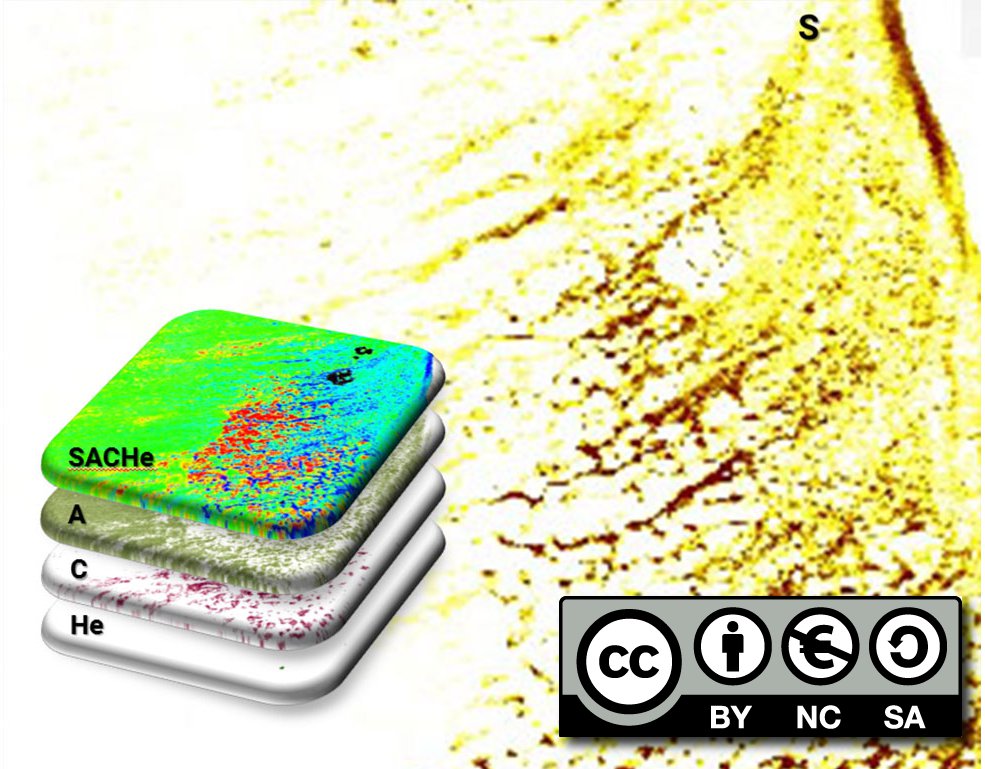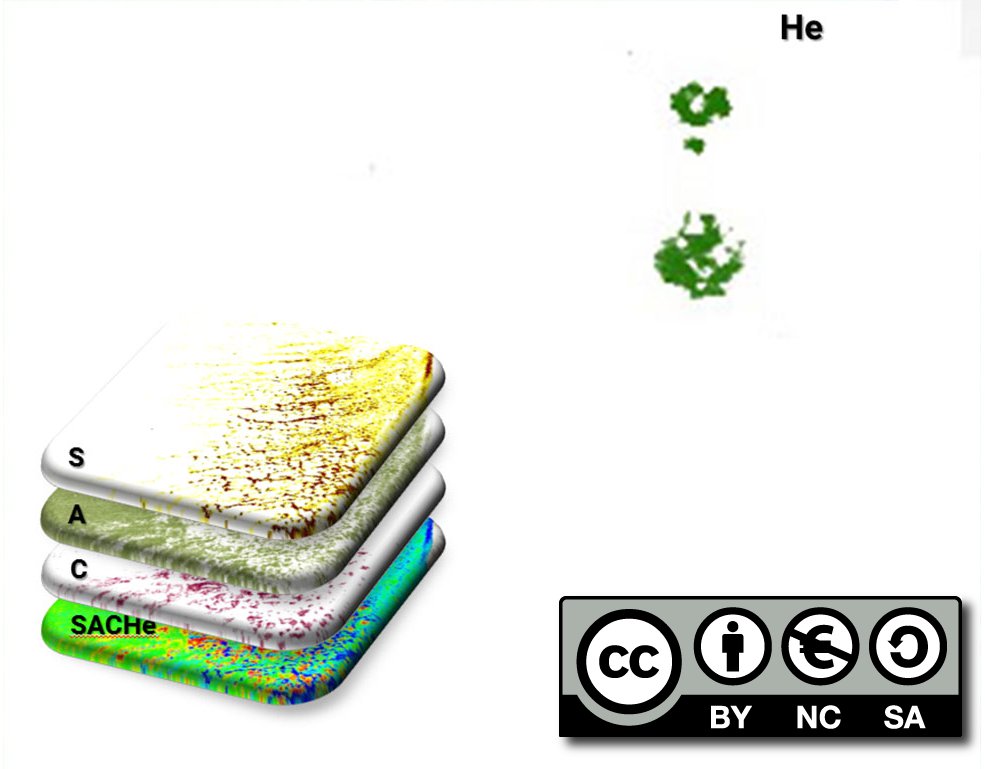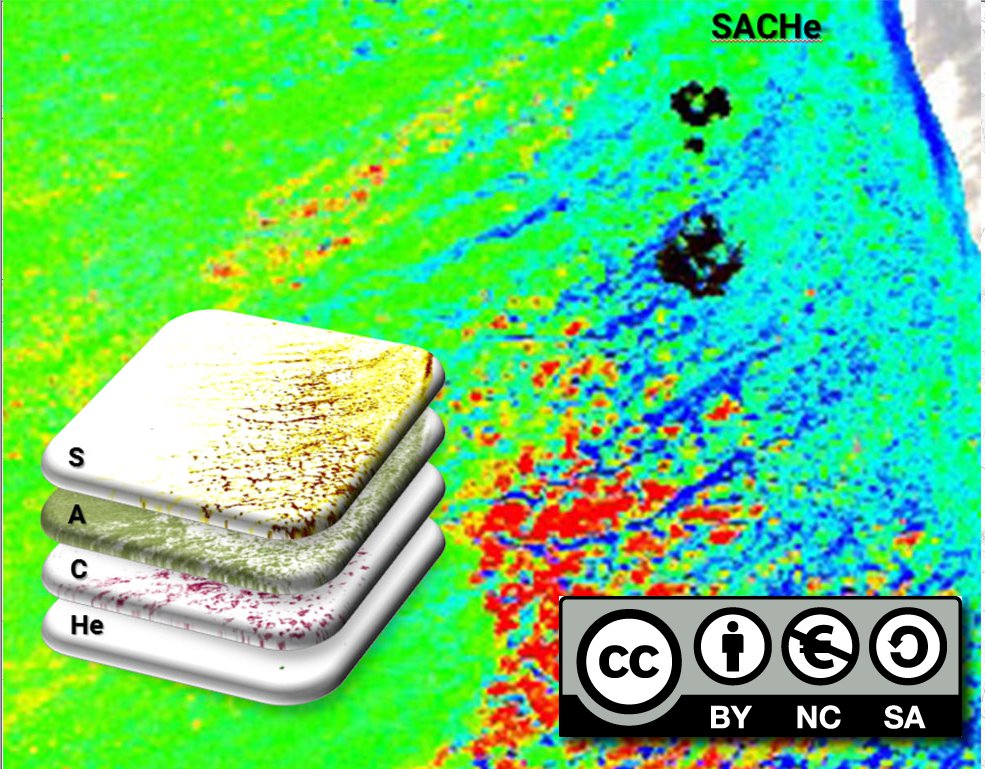2500
Type of resources
Available actions
Topics
INSPIRE themes
Keywords
Contact for the resource
Provided by
Years
Formats
Representation types
Update frequencies
status
Scale
Resolution
-

Historique des travaux réalisés sur les réseaux d'eau potable et d'assainissement : descriptif détaillé de chaque chantier, montant des travaux.
-

Localisation des abonnés à l'Eau Potable.
-

Cette donnée contient différentes données cadastrales relatives à la commune de Montpellier. Il s’agit d’une compilation issue du plan cadastral PCI vecteur réalisé par la Direction Régionale des Finances Publiques, cette donnée est transmise dans un premier temps au département de l’Hérault et ensuite à la Ville de Montpellier par convention. Seules les données géographiques sont disponibles, les données littérales étant exclues de la diffusion. Source DGFiP - cadastre, Mise à jour : 10/2012. Les données sont : Le bâti (VilleMTP_MTP_Cadastre_bati) Les éléments linaires d’habillage (VilleMTP_MTP_Cadastre_hab_lin) Les éléments ponctuels d’habillage (VilleMTP_MTP_Cadastre_hab_pt) Les éléments surfaciques d’habillage (VilleMTP_MTP_Cadastre_hab_surf) Les rivières (VilleMTP_MTP_Cadastre_hydro) Les lieux-dits (VilleMTP_MTP_Cadastre_lieudit) Les parcelles (VilleMTP_MTP_Cadastre_parcelle) Les sections et subdivisions fiscales (VilleMTP_MTP_Cadastre_sect_cad) Certains champs correspondent à une nomenclature définie par la DGFiP, afin de pouvoir les interpréter nous ajoutons le document relatif au « standard d'échange des objets du plan cadastral informatisé fondé sur la norme edigéo
-
Stations appartenant à la DREAL et permettant en autre le calcul de débit sur les cours d'eau
-

Cette cartographie raster permet de visualiser le taux de recouvrements en Sable sur les 4 grandes plateformes récifales de la côte ouest de l'Île de La Réunion. Cette image est constituée de 4 bandes (une pour chaque constituant), dont 3 sont représentés (sable (Band 2 = Bleu) / algues (Band 3 = Vert) / corail (Band 4 = Rouge) sur une image composite RVB avec un étirement sur la gamme de valeurs comprise entre 0 et 100 %. A l'échelle du pixel, la somme des bandes fait 100 %. Pour le taux de recouvrement des herbiers (Band 4), seules les zones disposant d'herbiers significatifs sont présentées en échelle de gris.
-

Arrêts de bus localisés sous forme de points. Réseau janvier 2017 + Mise à jour plusieurs fois par an - Communauté d'Agglomération le Grand Narbonne.
-

La BD PARCELLAIRE® version 1.2 ne se substitue pas au plan cadastral. C'est un assemblage du plan cadastral dématérialisé, sur tout le territoire national couvert par le cadastre. La BD PARCELLAIRE® est superposable aux autres composantes du RGE®. Les attributs des objets parcelle ou localisant parcellaire permettent d'établir le lien avec les données de la base MAJIC2 de la DGI. La BD PARCELLAIRE® se présente sous deux formes en fonction du mode de « dématérialisation » du plan cadastral : - BD PARCELLAIRE® Image, issue des fichiers PCI image de la DGI - BD PARCELLAIRE® Vecteur, issue des fichiers PCI vecteur de la DGI.
-

La BD PARCELLAIRE® version 1.2 ne se substitue pas au plan cadastral. C'est un assemblage du plan cadastral dématérialisé, sur tout le territoire national couvert par le cadastre. La BD PARCELLAIRE® est superposable aux autres composantes du RGE®. Les attributs des objets parcelle ou localisant parcellaire permettent d'établir le lien avec les données de la base MAJIC2 de la DGI. La BD PARCELLAIRE® se présente sous deux formes en fonction du mode de « dématérialisation » du plan cadastral : - BD PARCELLAIRE® Image, issue des fichiers PCI image de la DGI - BD PARCELLAIRE® Vecteur, issue des fichiers PCI vecteur de la DGI. SIG L-R diffuse cette donnée pour toute la région Languedoc-Roussillon. Les éditions sont départementales : 2014 pour toute la région sauf l'Hérault qui date de 2012. Il convient d'étudier les métadonnées des livraisons de chaque département.
-

Cette cartographie raster permet de visualiser le taux de recouvrements en Herbiers sur les 4 grandes plateformes récifales de la côte ouest de l'Île de La Réunion. Cette image est constituée de 4 bandes (une pour chaque constituant), dont 3 sont représentés (sable (Band 2 = Bleu) / algues (Band 3 = Vert) / corail (Band 4 = Rouge) sur une image composite RVB avec un étirement sur la gamme de valeurs comprise entre 0 et 100 %. A l'échelle du pixel, la somme des bandes fait 100 %. Pour le taux de recouvrement des herbiers (Band 4), seules les zones disposant d'herbiers significatifs sont présentées en échelle de gris.
-

Cette cartographie raster permet de visualiser une synthèse des taux de recouvrements des 4 principaux constituants Sable, Algues, Corail, Herbiers (SACHe) observables sur les 4 grandes plateformes récifales de la côte ouest de l'Île de La Réunion à travers une image en fausse couleur (composition colorée). Cette image est constituée de 4 bandes (une pour chaque constituant), dont 3 sont représentés (sable (Bleu) / algues (Vert) / corail (Rouge) sur une image composite RVB avec un étirement sur la gamme de valeurs comprise entre 0 et 100 %. A l'échelle du pixel, la somme des bandes fait 100 %. Pour le taux de recouvrement des herbiers, seules les zones disposant d'herbiers significatifs sont présentées en échelle de gris.
 Mon GéoSource
Mon GéoSource